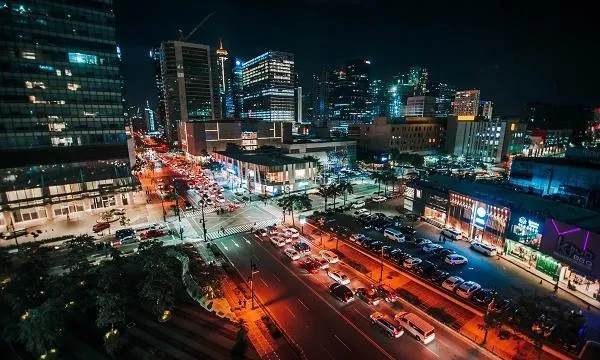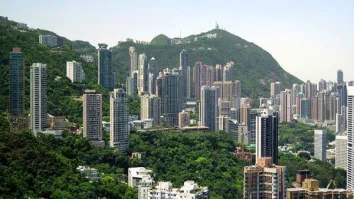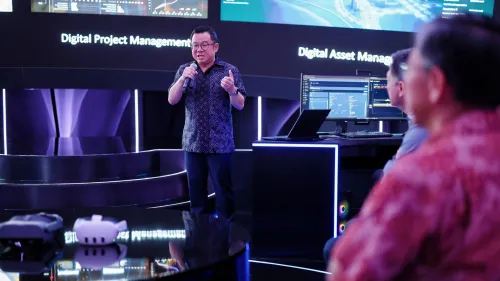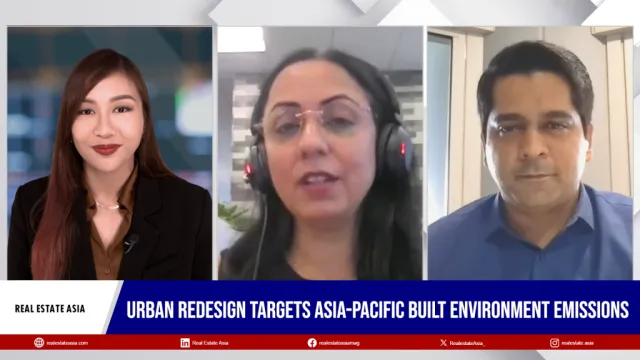
Why the infrastructure investment disparity in Southeast Asia is a problem
It has affected how the region attracts foreign logistics players.
With a regional population of around 650 million and an economy that is the fifth largest globally, Southeast Asia’s consumer base is one that cannot be ignored. Over the coming years, as its young population, with a median age of 29 years, matures and forms part of its expanding middle class, its consumer patterns and expectations are projected to mirror that of developed markets. This expanding class of consumers will demand a wide selection of goods online and efficient delivery and return options. This in turn will have profound implications on the industrial real estate sector via greater demand for warehouses.
However, for the industrial sector in these regions to proliferate, Knight Frank says there must be a minimum standard of existing infrastructure to underpin its growth. But this is where things start to diverge given the uneven levels of investments into infrastructure, by both public and private entities, within these markets over the past two decades. Furthermore, while there have been programs such as China’s Belt and Road initiative which has done its part in levelling the playing field, a disparity remains, and these have had downstream implications for attracting foreign logistics players.
Here’s more from Knight Frank:
Impact on Southeast Asia Logistics Industry
With varying levels of infrastructure investments seen over the past two decades across the Southeast Asian markets, logistics players have not surprisingly been selective in where they choose to set up operations.
When we look at the top 50 largest logistics players globally by revenue, Singapore and Vietnam top the ranking as their logistics hubs of choice, with 41 and 40 firms respectively that have a significant presence in the countries through either subsidiaries, branches, or representatives’ offices. This is followed closely behind by Malaysia and Thailand. At the opposite end of the list, we have Myanmar and Cambodia which both have less than half of the top 50 firms having operations within their countries.
This is not unexpected given the lower levels of infrastructure spent in Myanmar seen previously, and the relatively smaller population in Cambodia, 16.3 million, which would generally put it on a lower priority as compared to its more populous regional peers. However, we do note that markets such as Indonesia and Philippines, where two thirds of the top 50 logistics players are present, do warrant more focus given their 1) high levels of investments as seen in the Philippines and 2) their large consumer bases.
Indonesia
The major industrial zones in Indonesia’s capital, Jakarta, are situated mainly to the east of the city or so-called ‘Eastern Corridor’ of Jakarta, comprising Bekasi and Karawang. This area is currently served by the Jakarta – Cikampek Toll Road which has led to a clustering of existing industrial zones along and around the highway. Accounting for the largest share of approximately 70% of the total existing industrial land supply and approximately 40% of the Indonesian export volume, this area offers sufficient supporting infrastructure to sustain major capital-intensive industries such as the automotive and consumer electronics sectors.
With the government’s intention and plan to boost the industrial sector in the West Java corridor where Jakarta is located, the area is set to enter its next growth phase with an expansion to the adjacent Subang and Purwakarta regencies in the east. This is being followed up with new transport infrastructure developments such as the upcoming Jakarta – Cikampek II South Toll Road (label 27), Jakarta – Bandung high-speed railway and Patimban seaport (label 41). Hence, it will not only boost accessibility to the area’s existing industrial zones, but potentially see the establishment of newer industrial zones.
Furthermore, the recently signed Omnibus Law is expected to give a boost to the industrial growth prospects in the long-run by reducing red tape, simplifying land acquisition processes, easing restrictions on foreign investment, loosening labour laws and providing more incentives to increase competitiveness, creating new jobs and making it easier to do business in Indonesia.
Philippines
Introduced in 2017, the ‘Build Build Build’ or ‘BBB’ program is the largest infrastructure development plan in the Philippines’ history consisting of around 20,000 projects nationwide ranging from roads, seaports, airports and many others. The program was set for a six-year period till 2022, potentially extended now due to COVID-19, with a budget of around Php 8 trillion (US$165 billion).
One main impact of the ‘BBB’ program on the industrial and logistics sector, especially in Manila, is the reduction of congestion with the country’s capital. High logistics costs have long been a challenge for logistics players in Manila, driven mainly by high transport costs brought on by the city’s notorious congestion. Such projects that saw completion in 2020 include the Php 37.5 billion 18.7km Manila Skyway Stage 3 elevated highway which is slated to serve as an alternative to the highly congested Epifanio de los Santos Avenue (EDSA) highway by catering to 100,000 cars daily.
According to a 2018 study conducted by the Department of Trade and Industry (DTI) and World Bank, the logistics costs in the Philippines accounts for 27% of sales, which is high when compared to Indonesia where that cost stands at 22%. However, the DTI has plans to lower this cost to 20% of which the ‘BBB’ program remains a key component.
What’s next on the horizon in Southeast Asia?
With the recent signing of the Regional Comprehensive Economic Partnership (RCEP) among the Asia-Pacific nations, we expect access to markets to improve as tariffs and quotas on a majority of traded goods are eliminated. The more transparent regulatory environment will also improve business sentiment and will in turn encourage more firms to invest into the region. This includes building up supply chains, which are heavily reliant on good infrastructure. While all the Southeast Asian industrial real estate markets are expected to benefit from the RCEP, Jakarta and Manila stand to see the strongest growth in the coming years on expectations for demand from new to market manufacturing and logistics entrants as their infrastructure projects start to near completion.



















 Advertise
Advertise



